
Domain Names |
Sponsored by |

|
 As a member of the ROW Planning Committee, I am writing this post on behalf of the Committee and welcome all community members to join us on June 4th. We are celebrating ROW's 10th anniversary! A decade of collaboration and inspiration! Thank you to the incredible community that has fueled this journey! more
As a member of the ROW Planning Committee, I am writing this post on behalf of the Committee and welcome all community members to join us on June 4th. We are celebrating ROW's 10th anniversary! A decade of collaboration and inspiration! Thank you to the incredible community that has fueled this journey! more
 As the new-gTLD programme - the ICANN initiative to add a large number of new domain extensions (top-level domains, or TLDs) to the Internet - continues to see ongoing launches of new TLDs, we conduct a new retrospective of the activity landscape of the most recent extensions to have been launched. This new study focuses on all new-gTLDs to have entered their Sunrise or General Available periods since the start of 2023, following a previous overview by Stobbs of the full new-gTLD landscape. more
As the new-gTLD programme - the ICANN initiative to add a large number of new domain extensions (top-level domains, or TLDs) to the Internet - continues to see ongoing launches of new TLDs, we conduct a new retrospective of the activity landscape of the most recent extensions to have been launched. This new study focuses on all new-gTLDs to have entered their Sunrise or General Available periods since the start of 2023, following a previous overview by Stobbs of the full new-gTLD landscape. more
 Afnic, the Registry of the .FR Top Level Domain, published its annual review on .FR activity in 2023 and analysis of market trends. This growth was due in particular to a significant increase in the number of .FR domain name create operations in 2023 (+6.4%). A new all-time record was reached, with 801,427 create operations, the 800,000 threshold for the number of create operations in a year being passed for the first time. more
Afnic, the Registry of the .FR Top Level Domain, published its annual review on .FR activity in 2023 and analysis of market trends. This growth was due in particular to a significant increase in the number of .FR domain name create operations in 2023 (+6.4%). A new all-time record was reached, with 801,427 create operations, the 800,000 threshold for the number of create operations in a year being passed for the first time. more
 From the humble beginnings of ARPANET to the birth of the internet as we know it today, domain registrars have been the silent architects of our online activity. Now, as we stand on the cusp of the Web3 revolution, domains are set to undergo yet another profound transformation. Internet innovations have given us a remarkable ability to connect, but now we are bouncing against the limits of this paradigm. more
From the humble beginnings of ARPANET to the birth of the internet as we know it today, domain registrars have been the silent architects of our online activity. Now, as we stand on the cusp of the Web3 revolution, domains are set to undergo yet another profound transformation. Internet innovations have given us a remarkable ability to connect, but now we are bouncing against the limits of this paradigm. more
 The EU has once again turned its attention to domain name registration data (WHOIS) -- this time reinforcing requirements to collect, maintain, verify, and disclose WHOIS for IP enforcement purposes through its "Commission Recommendation" on measures to combat counterfeiting and enhance the enforcement of IP Rights. Published last month, this regulatory action demonstrates the EU's commitment to restore WHOIS despite... more
The EU has once again turned its attention to domain name registration data (WHOIS) -- this time reinforcing requirements to collect, maintain, verify, and disclose WHOIS for IP enforcement purposes through its "Commission Recommendation" on measures to combat counterfeiting and enhance the enforcement of IP Rights. Published last month, this regulatory action demonstrates the EU's commitment to restore WHOIS despite... more
 The U.S. Anticybersquatting Consumer Protection Act ("ACPA") is a federal law -- part of the Lanham Act that deals with trademarks and unfair competition. It says that a person can be liable if he or she registers a domain name that contains another's distinctive trademark with a bad faith intent to profit from that mark. One issue that has arisen over the years is whether registration that can give rise to liability means only the first time the domain name is registered, or whether it applies to the re-registration... more
The U.S. Anticybersquatting Consumer Protection Act ("ACPA") is a federal law -- part of the Lanham Act that deals with trademarks and unfair competition. It says that a person can be liable if he or she registers a domain name that contains another's distinctive trademark with a bad faith intent to profit from that mark. One issue that has arisen over the years is whether registration that can give rise to liability means only the first time the domain name is registered, or whether it applies to the re-registration... more
 During CSG Open Working Session at ICANN79, Members from the ICANN Community were invited to an open meeting to share their experiences with Registration Data Request System (RDRS) from the Requestor side. As President of the Edgemoor Research Institute (ERI), I had the honor to present the keynote address and I am pleased to be able to provide you with ERI's report of the meeting. more
During CSG Open Working Session at ICANN79, Members from the ICANN Community were invited to an open meeting to share their experiences with Registration Data Request System (RDRS) from the Requestor side. As President of the Edgemoor Research Institute (ERI), I had the honor to present the keynote address and I am pleased to be able to provide you with ERI's report of the meeting. more
 On 6 March 2024, the ICANN At Large Advisory Committee (ALAC) held a plenary session entitled "Building Trust on the Internet Through Registrant Verification" at the ICANN79 Community Forum in San Juan, Puerto Rico, that Michael Palage and Avri Doria co-moderated. This session was inspired in part by a recent World Economic Forum report entitled "Reimagining Digital ID"... more
On 6 March 2024, the ICANN At Large Advisory Committee (ALAC) held a plenary session entitled "Building Trust on the Internet Through Registrant Verification" at the ICANN79 Community Forum in San Juan, Puerto Rico, that Michael Palage and Avri Doria co-moderated. This session was inspired in part by a recent World Economic Forum report entitled "Reimagining Digital ID"... more
 As we advance into 2024, the global landscape remains etched with the marks of a tumultuous previous year. The world economy grappled with challenges on multiple fronts in 2023, from surging inflation rates across significant economies to geopolitical conflicts and instability fostering a climate of uncertainty. Compounded by ongoing disruptions in global supply chains, these factors painted a rather somber picture of the economic outlook for many sectors. more
As we advance into 2024, the global landscape remains etched with the marks of a tumultuous previous year. The world economy grappled with challenges on multiple fronts in 2023, from surging inflation rates across significant economies to geopolitical conflicts and instability fostering a climate of uncertainty. Compounded by ongoing disruptions in global supply chains, these factors painted a rather somber picture of the economic outlook for many sectors. more
 I recently had the opportunity to speak on a podcast with Dave Bittner at CyberWire to discuss how .AI is giving cybercriminals a new avenue to take advantage of some of the largest companies in the world based on research findings from CSC's 2023 Domain Security Report. Below is a summary of the key points discussed during this podcast. more
I recently had the opportunity to speak on a podcast with Dave Bittner at CyberWire to discuss how .AI is giving cybercriminals a new avenue to take advantage of some of the largest companies in the world based on research findings from CSC's 2023 Domain Security Report. Below is a summary of the key points discussed during this podcast. more
 Last November, ICANN launched a ticketing system for those interested in obtaining domain name registration data ("WHOIS"). Titled Registration Data Request Service, or RDRS, the portal aims to direct requests for WHOIS data to participating registrars, who then decide whether or not to disclose the data. more
Last November, ICANN launched a ticketing system for those interested in obtaining domain name registration data ("WHOIS"). Titled Registration Data Request Service, or RDRS, the portal aims to direct requests for WHOIS data to participating registrars, who then decide whether or not to disclose the data. more
 In the last year, the company that runs the Turkish Domain Registry has made many changes to how the extension is run. First, it has a brand new portal for registrars to interact with, liberalizing the extension .COM.TR, so registrants are no longer required to meet local presence rules, and it has launched a new dispute process to help brand holders recover domain names. more
In the last year, the company that runs the Turkish Domain Registry has made many changes to how the extension is run. First, it has a brand new portal for registrars to interact with, liberalizing the extension .COM.TR, so registrants are no longer required to meet local presence rules, and it has launched a new dispute process to help brand holders recover domain names. more
 The Internet Watch Foundation (IWF) leads the charge to combat child sexual abuse material (CSAM) online, and we at Public Interest Registry (PIR) are dedicated to supporting their efforts. We are honored to work with them across two important programs: Domain Alerts and TLD Hopping List. IWF services have been extremely successful in addressing CSAM on .ORG over the past five years more
The Internet Watch Foundation (IWF) leads the charge to combat child sexual abuse material (CSAM) online, and we at Public Interest Registry (PIR) are dedicated to supporting their efforts. We are honored to work with them across two important programs: Domain Alerts and TLD Hopping List. IWF services have been extremely successful in addressing CSAM on .ORG over the past five years more
 This case had a bit of a weird result -- even though the brand owner had a mark that was 20 years old, and the alleged cybersquatter, in the meantime, acquired a domain name on the open market identical to that mark, because the domain name was first registered (by an unrelated party) before the brand owner's trademark rights arose, there was no relief under federal trademark law. more
This case had a bit of a weird result -- even though the brand owner had a mark that was 20 years old, and the alleged cybersquatter, in the meantime, acquired a domain name on the open market identical to that mark, because the domain name was first registered (by an unrelated party) before the brand owner's trademark rights arose, there was no relief under federal trademark law. more
 Are you interested in helping guide the future of the Public Interest Registry (PIR), the non-profit operator of the .ORG, .NGO and .ONG domains? (and more) Or do you know of someone who would be a good candidate? If so, the Internet Society is seeking nominations for two positions on the PIR Board of Directors. The nomination deadline is 31 January 2024. more
Are you interested in helping guide the future of the Public Interest Registry (PIR), the non-profit operator of the .ORG, .NGO and .ONG domains? (and more) Or do you know of someone who would be a good candidate? If so, the Internet Society is seeking nominations for two positions on the PIR Board of Directors. The nomination deadline is 31 January 2024. more
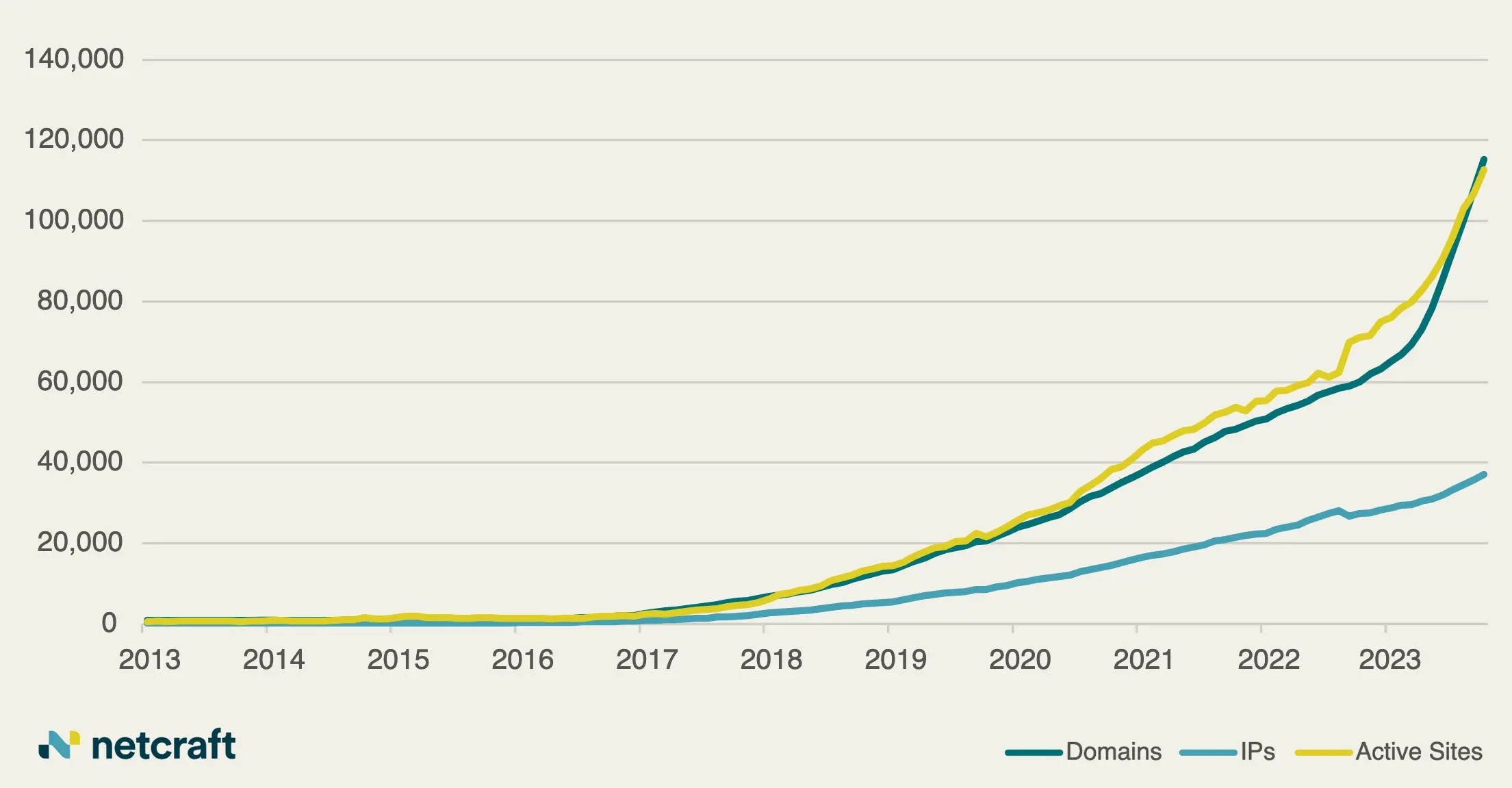 Rise in Cybercrime Exploiting Artificial Intelligence Hype Leads to Growing Threats Within the .ai Domain Space
Rise in Cybercrime Exploiting Artificial Intelligence Hype Leads to Growing Threats Within the .ai Domain Space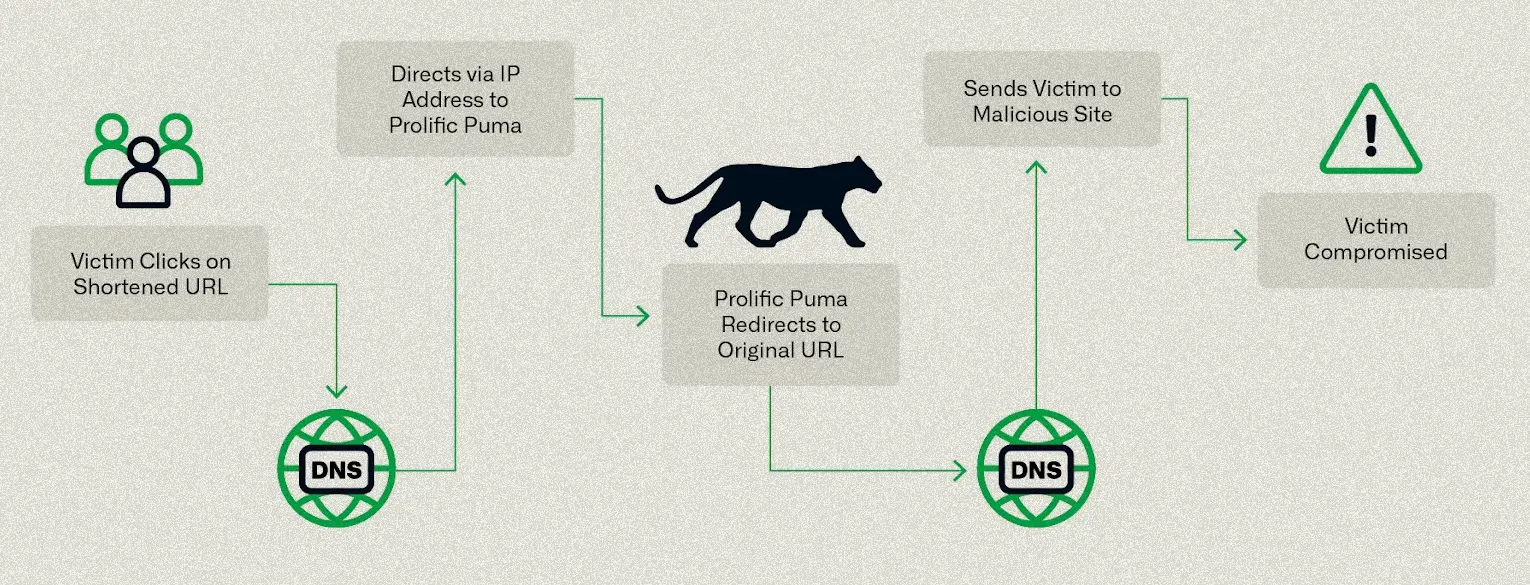 Researchers Uncover Massive Underground Link-Shortening Service Used by Malicious Actors
Researchers Uncover Massive Underground Link-Shortening Service Used by Malicious Actors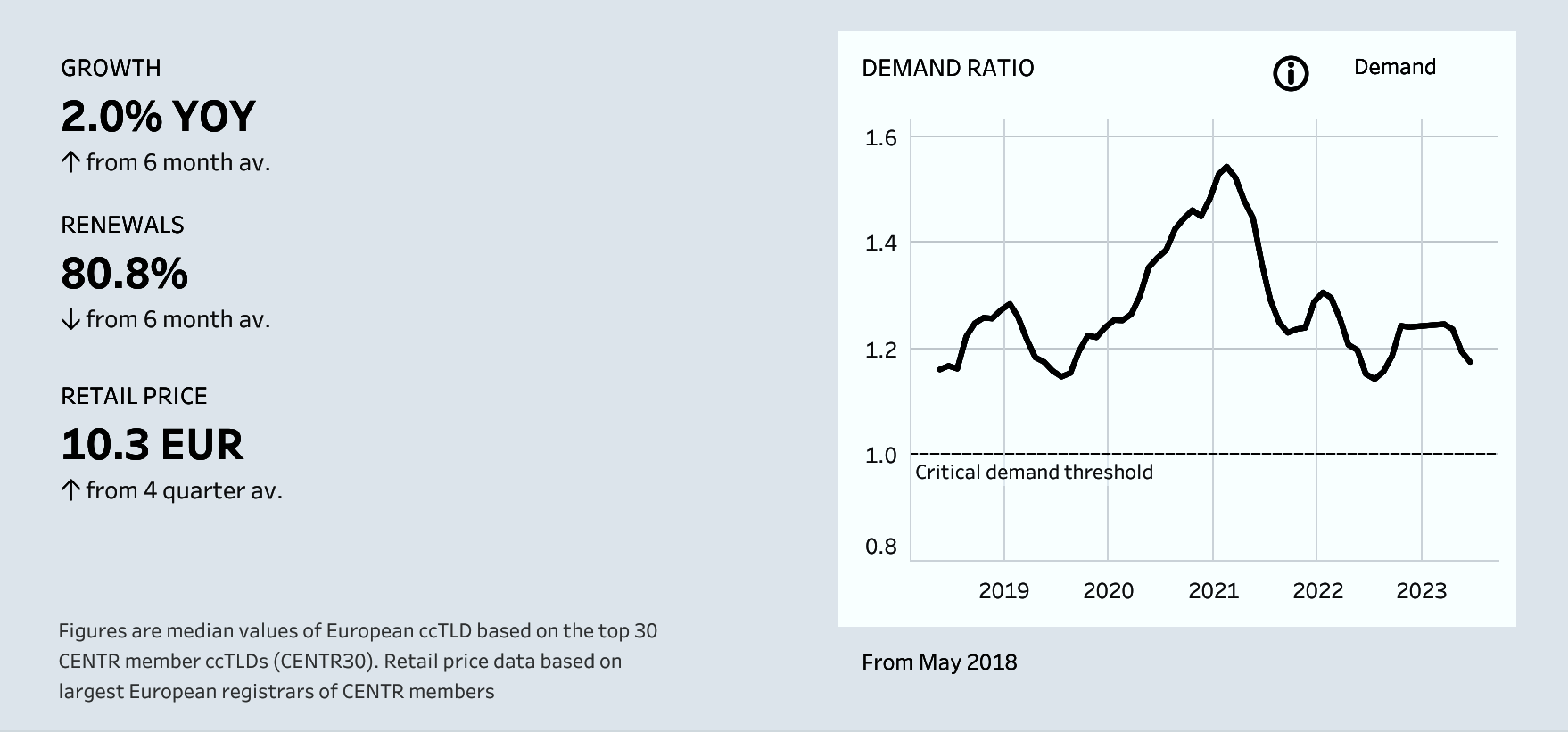 European Domain Growth Shows Positive Signs Amid Challenges in 2023
European Domain Growth Shows Positive Signs Amid Challenges in 2023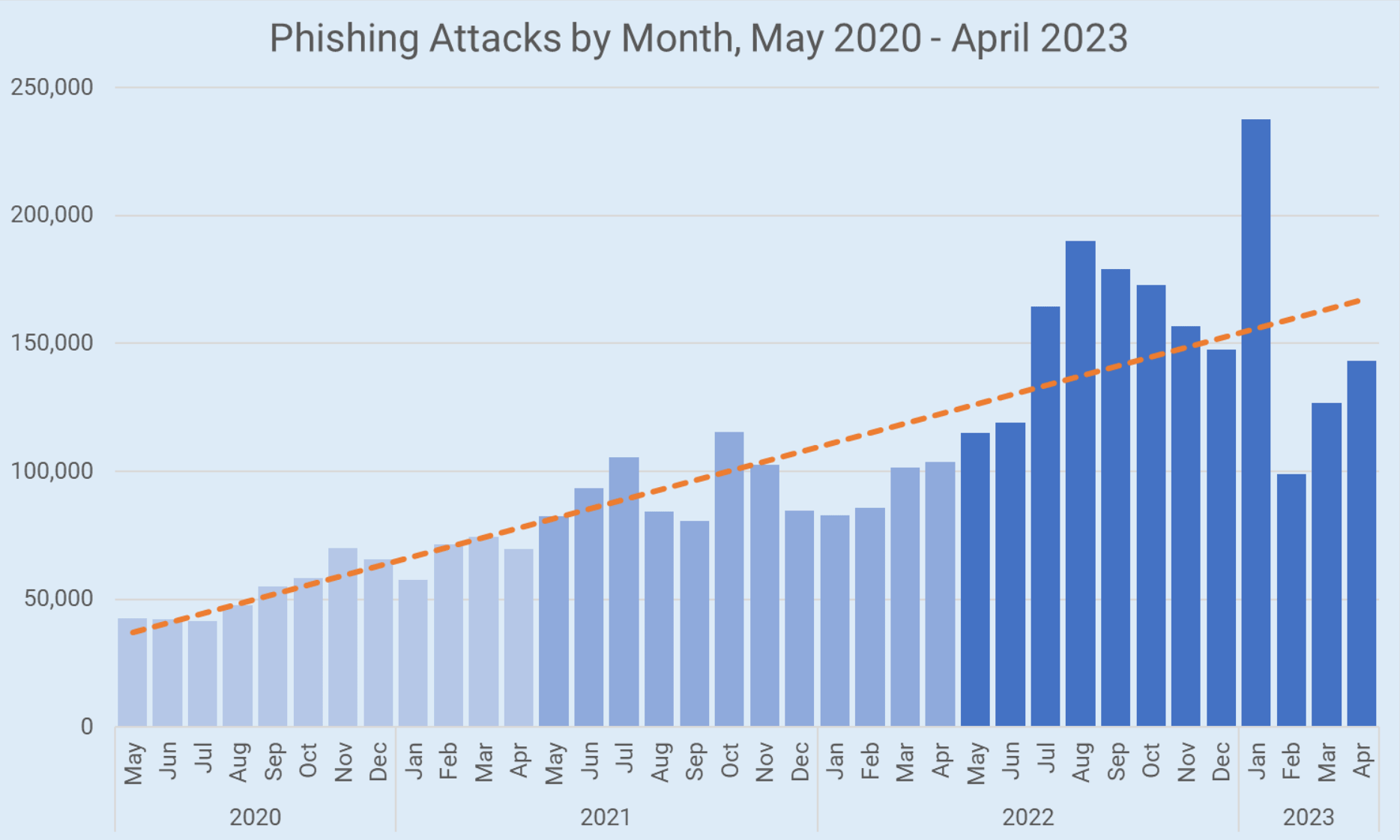 Phishing Attacks Surge Despite Increased Awareness, New Strategies Needed
Phishing Attacks Surge Despite Increased Awareness, New Strategies Needed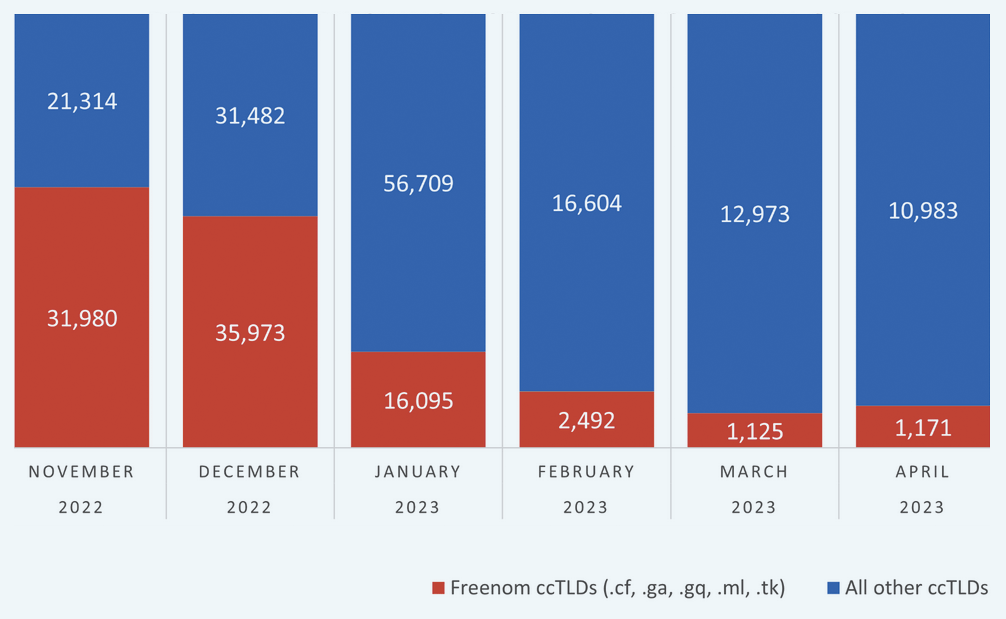 Meta Lawsuit Leads to Significant Decline in Phishing Domains Tied to Freenom
Meta Lawsuit Leads to Significant Decline in Phishing Domains Tied to Freenom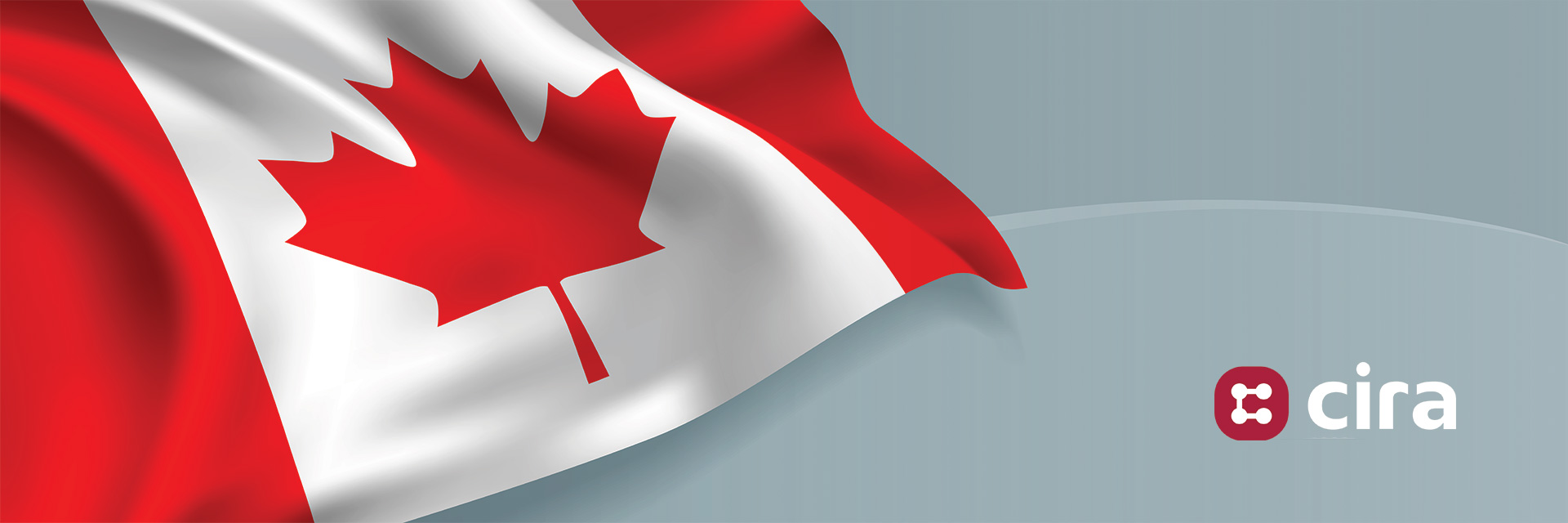 CIRA Calls for Experienced Professionals to Join Its Board
CIRA Calls for Experienced Professionals to Join Its BoardToday, the latest issue of The Domain Name Industry Brief Quarterly Report was released by DNIB.com, showing the second quarter of 2023 closed with 356.6 million domain name registrations across all top-level domains (TLDs), an increase of 1.7 million domain name registrations, or 0.5%, compared to the first quarter of 2023. more
Today, Verisign released the latest issue of The Domain Name Industry Brief, which shows that the first quarter of 2023 closed with 354.0 million domain name registrations across all top-level domains (TLDs), an increase of 3.5 million domain name registrations, or 1.0%, compared to the fourth quarter of 2022. more
Today, Verisign released the latest issue of The Domain Name Industry Brief, which shows that the fourth quarter of 2022 closed with 350.4 million domain name registrations across all top-level domains (TLDs), an increase of 0.5 million domain name registrations, or 0.1%, compared to the third quarter of 2022. Domain name registrations have increased by 8.7 million, or 2.6%, year over year. more
Today, we released the latest issue of The Domain Name Industry Brief, which shows that the third quarter of 2022 closed with 349.9 million domain name registrations across all top-level domains, a decrease of 1.6 million domain name registrations, or 0.4%, compared to the second quarter of 2022. Domain name registrations have increased by 11.5 million, or 3.4%, year over year. more
Today, we released the latest issue of The Domain Name Industry Brief, which shows that the second quarter of 2022 closed with 351.5 million domain name registrations across all top-level domains, an increase of 1.0 million domain name registrations, or 0.3%, compared to the first quarter of 2022. more
Today, we released the latest issue of The Domain Name Industry Brief, which shows that the first quarter of 2022 closed with 350.5 million domain name registrations across all top-level domains, an increase of 8.8 million domain name registrations, or 2.6%, compared to the fourth quarter of 2021. more
Today, we released the latest issue of The Domain Name Industry Brief, which shows that the fourth quarter of 2021 closed with 341.7 million domain name registrations across all top-level domains, an increase of 3.3 million domain name registrations, or 1.0%, compared to the third quarter of 2021. more